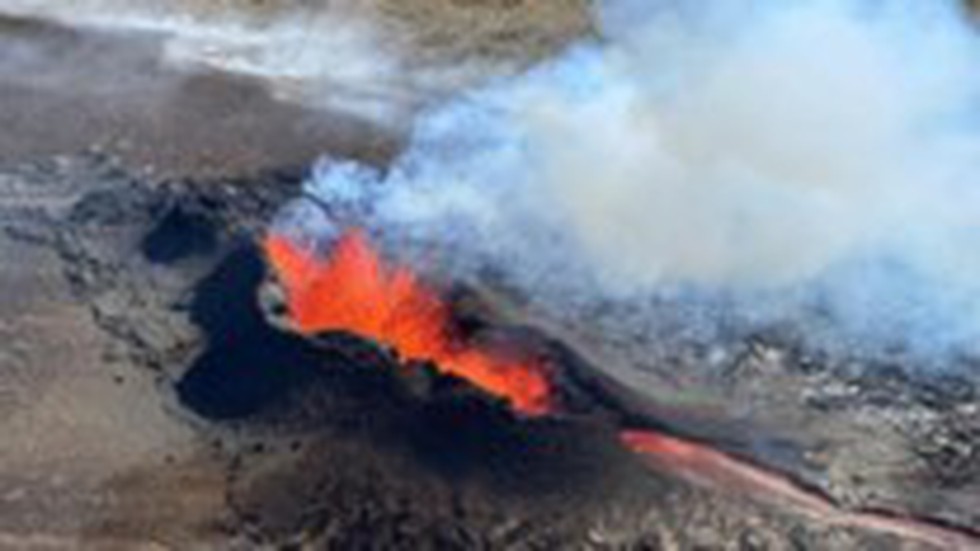About Earthquake swarm
- It is a series of many (sometimes thousands) low-intensity earthquakes without a discernible main shock that can occur over weeks in active geothermal areas.
- When seismic energy piles up inside the Earth and is released in small amounts from certain points, a series of earthquakes can occur.
What causes swarm sequences?
- Fluid movement:
- In volcanic environments, this can be fluid released from deeper magma or circulating within active geothermal areas (in volcanic areas such as the Taupō Volcanic Zone).
- The earthquakes triggered by fluids occur as fault slip on the cracks and faults through which the water is moving.
- Active volcanism:
- Magma movement can also act as the ‘driving mechanism’ for swarms, creating earthquakess as magma-filled cracks push their way through the Earth’s crust.
- In such a case, earthquakes commonly occur near the crack tip (ahead of the magma where the crack is starting to open) or off to the side of the crack.
- Slow-slip events
- A slow-slip event is essentially an earthquake in slow-motion, and typically involves centimetres to tens of centimetres of movement along a fault, over weeks to years.
- We commonly see slow slip events at the Hikurangi subduction zone, usually at least one or two per year.
Key facts about Reykjanes peninsula
- It is a peninsula in South West Iceland, characterized by immense lava fields, volcanoes, and heightened geothermal activity.
- It runs along the Mid-Atlantic Rift, where the Eurasian and the North American tectonic plates are drifting apart.
